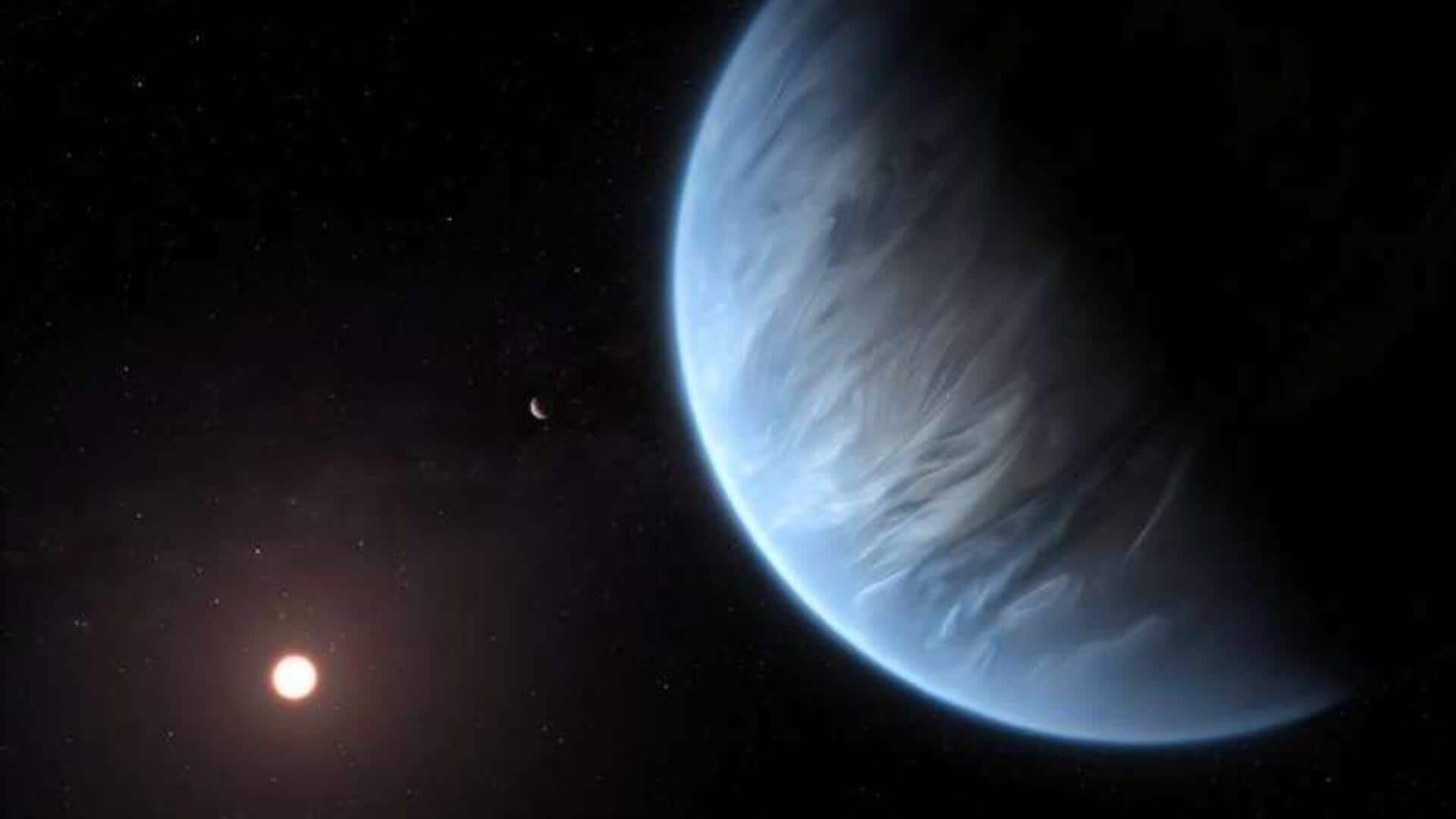
There might not be life in deep space after all
What's the story
Recent research has put a question mark on the claim of detecting potential extraterrestrial life on a distant planet. The debate revolves around K2-18b, which lies 124 light-years away in the Leo constellation. The celestial body was a prime candidate in the search for alien life as it lies at an optimal distance from its star, which could allow liquid water to exist.
Discovery
Astronomers detected chemicals associated with life on K2-18b
Using the James Webb Space Telescope, astronomers led by Cambridge University's Nikku Madhusudhan, detected hints of dimethyl sulfide (DMS) and dimethyl disulfide (DMDS) on K2-18b. These chemicals are typically produced by life forms such as marine algae on Earth, making them potential biosignatures of extraterrestrial life. However, Madhusudhan clarified that these findings were not definitive proof of alien life but merely hints.
Re-evaluation
Re-analysis of data challenges biosignature detection
Two former students of Madhusudhan, Luis Welbanks and Matthew Nixon, have re-analyzed the data supporting the biosignature detection. Their study suggested that when different statistical models were applied, "claims of a potential biosignature detection vanish." They expanded the range of possible chemicals that could explain Webb's detected signals from 20 to 90. Over half of these received a "hit," leading them to question the validity of their findings.
Open dialog
Madhusudhan welcomes debate and encourages further observations
Madhusudhan welcomed the ongoing debate, saying that staying open to all possibilities is an integral part of the scientific method. His team even published their own study extending the range of chemicals to 650. However, he admitted that these lesser-known chemicals are probably not "realistic molecules" for a planet like K2-18b.
Lack of evidence
Other studies fail to find evidence for biosignatures
To note, a study led by Rafael Luque at the University of Chicago, combining Webb's near-infrared and mid-infrared observations of K2-18b, found "no statistical significance for DMS or DMDS." An earlier paper by Oxford astrophysicist Jake Taylor also found no strong evidence for any biosignatures. However, Madhusudhan defended his research and said more data about K2-18b will be available over the next year, which should provide a clearer picture.